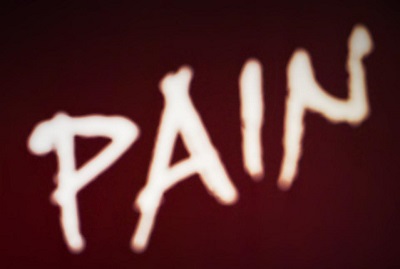Epididymitis: Pain Relief Doesn't Mean Recovery—These Signs Reveal the Truth!
Epididymitis is a common and troublesome condition. Many patients, after enduring acute episodes of severe pain, mistakenly believe they are cured when the pain subsides. However, the road to recovery from epididymitis is not so simple. Let's explore the true criteria for recovery and how to determine if the condition has genuinely improved.

Symptom Relief Doesn't Equal Complete Recovery
Pain relief in epididymitis does not signify full recovery. Epididymitis is often caused by bacterial infections. Even if the pain has disappeared during treatment, swelling in the epididymis may persist, indicating incomplete recovery. According to medical standards, epididymitis can only be considered cured when all symptoms in the testicles and epididymis, as well as any local inflammation, have completely resolved.
During treatment, patients should follow medical advice, ensure adequate rest, and receive proper therapy. Treatments may include oral traditional Chinese medicine like Diuretic and Anti-inflammatory Pill, intravenous antibiotics, or both. Cephalosporin antibiotics are often the first choice if the patient is not allergic, as they effectively control infections. Incomplete treatment could lead to complications such as epididymal cysts, which not only cause recurring symptoms but may also affect male fertility.
In addition, patients should avoid strenuous activities and overexertion during treatment, as these could worsen the condition or trigger relapses. Maintaining a light, non-irritating diet and practicing good personal hygiene are equally important. Avoiding unprotected or unsanitary sexual activity can also help prevent recurrences of epididymitis.
Pain-Free Doesn't Mark Full Recovery
A successful treatment of epididymitis requires eliminating all symptoms entirely. This means not only an absence of pain during rest but also no discomfort, tenderness, or pressure sensitivity in the testicles or epididymis during activities like walking or exercising. A true recovery also requires inflammation markers in blood tests to return to normal levels, indicating that the infection is entirely resolved.
While pain relief might occur early in the recovery process, this does not guarantee that the condition is fully treated. Patients should be patient and continue therapy under medical supervision until full recovery is confirmed. Prematurely stopping treatment can lead to relapses or more severe complications.
Key Signals to Monitor During Recovery
Patients recovering from epididymitis should watch for crucial signals to ensure genuine improvement:
1. Swelling Assessment: Regular check-ups to assess epididymis and testicle swelling are essential. Persistent swelling, even in the absence of pain, warrants further treatment.
2. Systemic Symptoms: Observe for signs like fever or fatigue, as these may indicate unresolved inflammation.
3. Inflammation Markers: Regular blood tests are vital to track inflammation levels. If these markers remain elevated, further treatment is necessary.
4. Physical Activity: Avoid excessive exertion or vigorous exercise, which can exacerbate the condition or cause recurrences.
The Importance of Proper Treatment and Follow-Up
To conclude, pain relief does not equal recovery from epididymitis. Patients should not rely solely on reduced pain to assess their condition. The correct approach involves continuing treatment until all symptoms have disappeared and medical examinations confirm recovery. Ignoring these details could lead to relapses, unnecessary complications, or prolonged discomfort.
During treatment, adherence to prescribed therapies, including intravenous antibiotics or Diuretic and Anti-inflammatory Pill, is crucial. Comprehensive care prevents complications like epididymal cysts, which could harm reproductive health.
Furthermore, adopting a healthy lifestyle, maintaining personal hygiene, and following dietary recommendations will help accelerate recovery and minimize the risk of recurrence.
Conclusion
Recovery from epididymitis is a complex process. Patients should not assume recovery based solely on pain relief. Following through with complete treatment and regular medical evaluations is the only way to ensure a full recovery, prevent relapses, and avoid unnecessary trouble. We hope this article helps patients better understand the recovery process and take the correct measures for treatment and follow-up care.
You may also be interested in:
Can Acute Epididymitis Patients Drink Coffee?



